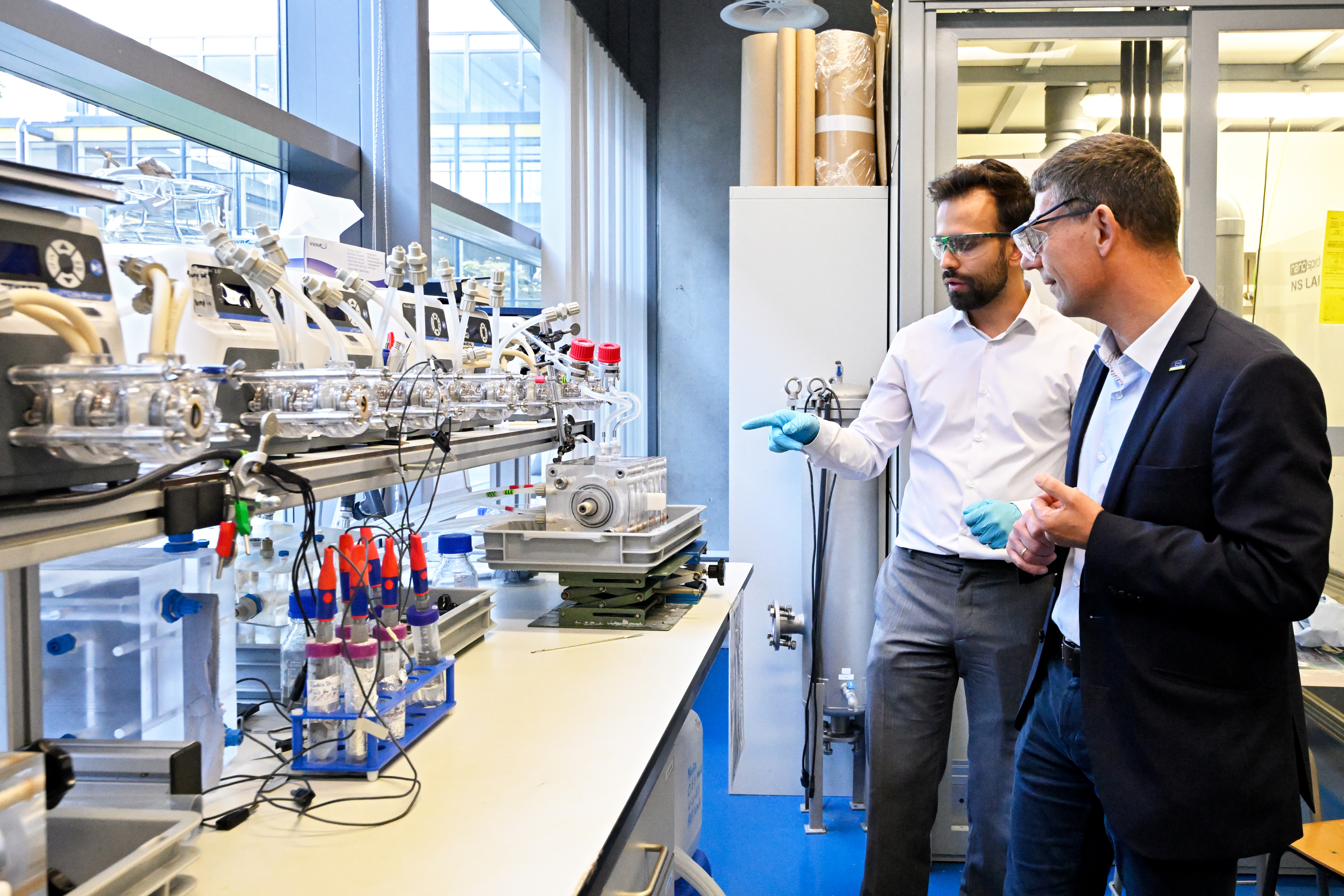
The CIRCLES project, an international consortium led by UC Berkeley, aims to reduce phantom traffic jams and save energy using artificial intelligence. In November 2022, the world’s largest open-track traffic experiment took place in Nashville, USA, with participation from three researchers from Gustave Eiffel University. The project utilises AI-powered vehicles and cruise control algorithms to optimise speed based on traffic conditions. Mostafa Ameli, Assistant Professor at GRETTIA, leads a team developing a calibrated multi-agent simulation tool for the experiment. The project’s goal is to create socially sustainable AI that ensures safe and human-like behaviour in vehicles, maintaining steady speeds and minimising traffic gaps.
Creating High-Fidelity Simulation Tools
The CIRCLES project focuses on several key research tasks, including the development of high-fidelity simulation tools. These tools are designed to create accurate models of traffic flow and vehicle behaviour, allowing researchers to test various scenarios and strategies for reducing phantom traffic jams. The project utilises a range of techniques, such as multi-agent reinforcement learning, control algorithms for connected and autonomous vehicles, and energy models for vehicles.
Vehicle sensing, control, and communication technologies are also crucial components of the project, as well as highway sensing infrastructure. These technologies enable the AI-equipped vehicles to gather information about their surroundings and adapt their behaviour accordingly, helping to create a smoother and more efficient traffic flow.
Real-World Experiment and Preliminary Results
From 14-18 November 2022, the CIRCLES project conducted a five-day open-track experiment on US Interstate 24, testing AI-equipped cruise control systems on 100 Nissan Rogue vehicles. The experiment aimed to increase fuel savings, ease traffic congestion, and reduce phantom traffic jams. Preliminary results suggest that a single AI-equipped vehicle can influence up to 20 surrounding cars, causing a positive ripple effect and smoothing traffic congestion. The consortium will analyse the data collected during the experiment in the coming months to further understand the impact of AI-equipped vehicles on highway traffic.
The I-24 MOTION testbed, the world’s only real-world automotive testing environment, was used for the experiment. Located southeast of Nashville, the testbed is equipped with 300 4K digital sensors and logs 260,000,000 vehicle-miles of data annually. The CIRCLES research is funded by the National Science Foundation, US Departments of Transportation and Energy, with support from Toyota North America and General Motors.
Addressing the Phantom Traffic Jam Problem
Phantom traffic jams, also known as jamitons, occur without a clear reason, such as accidents, speed traps, or construction. A single driver unnecessarily braking can cause a ripple effect, slowing down multiple lanes of traffic and contributing to the formation of phantom jams. By developing and implementing AI-equipped vehicles that can adapt their speed and behaviour based on surrounding traffic conditions, the CIRCLES project aims to mitigate these jams and improve overall traffic flow.
Drivers can also play a role in preventing phantom traffic jams by avoiding tailgating, maintaining a safe distance from the vehicle in front, and practicing better driving etiquette. By staying attentive and responsive to leading cars without preemptively braking, drivers can help prevent the rippling effect of phantom traffic jams and contribute to a smoother, more efficient traffic flow.
Future Deployment and Potential Impact
As the CIRCLES project continues to develop and refine its AI technologies and algorithms, plans are in progress to deploy the technology in California. By demonstrating the effectiveness of AI-equipped vehicles in real-world scenarios, the project hopes to pave the way for widespread adoption of these technologies, leading to safer, more energy-efficient, and more comfortable driving experiences.
With the potential to revolutionise traffic flow and reduce the energy waste associated with phantom traffic jams, the CIRCLES project represents a significant step forward in the development and implementation of socially sustainable AI in the automotive industry.







